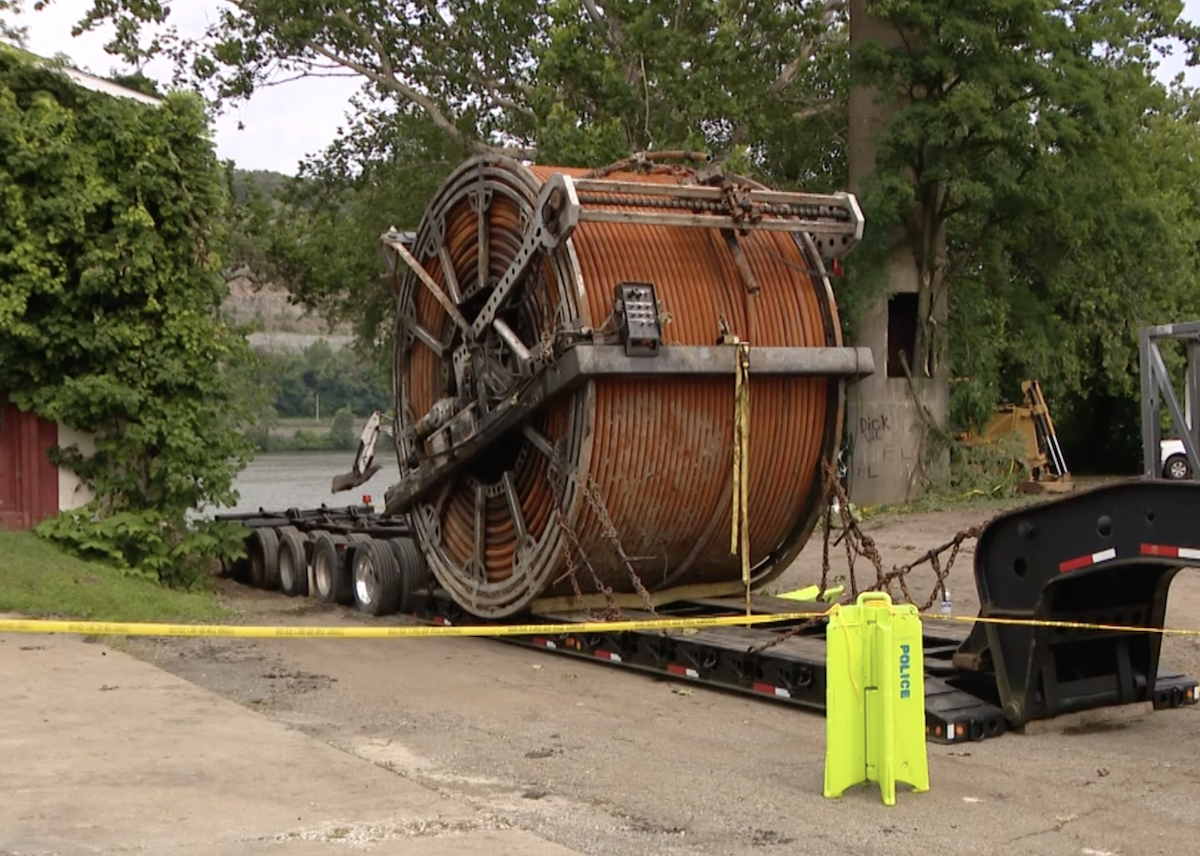The update moves away from a commodity-based rating system to simplify the process, better utilize online data tools and align more closely with actual shipping characteristics. (vitpho/Getty Images)
The National Motor Freight Traffic Association is moving toward a density-based freight classification system in a major update that is set to go into effect July 19.
The National Motor Freight Classification is a widely accepted standard for comparing the commodities moving as less-than-truckload freight between states or internationally. The update moves away from a commodity-based rating system to simplify the process, better utilize online data tools and align more closely with actual shipping characteristics.
“What it’s going to do now, based on the packaging and the density of that individual shipment, the class will go up or down,” NMFTA Chairman Clete Cordero told Transport Topics. “Why that matters: Carriers can then use class to determine the freight rates. So normally the lower the class, the less freight charge, the higher the class, the more the freight charge. For carriers, and really the shipping public, it’s becoming a big deal because now it’s almost like your price can vary shipment by shipment.”
Cordero added that carriers should expect to undergo some operational and systematic changes to meet the new standards, a major one being that carriers will need to ensure they get dimensions on each handling unit. But he also pointed out that carriers have already started heading in that direction over the past four to five years by utilizing tools like dimensioners.
“These are very expensive machines; they use lasers to measure the extreme dimensions of the length, width and height of a pallet or handling unit, whatever we’re moving,” said Cordero, who also serves as vice president of pricing and traffic for Southeastern Freight Lines. “And so, carriers over the last four years have been adopting these because we’ve been getting information on what the density of products are, and we’ve been using pricing.”
Three experts from Transport Enterprise Leasing discuss strategies for buying and selling trucks amid regulatory shifts, trade tensions and economic uncertainty. Tune in above or by going to RoadSigns.ttnews.com.
Cordero added that has also led to carriers changing their processes for moving freight around their newly installed dimensioners. He also noted that there will be programming changes as well coming with this update. There are several shipment categories that are being removed or added, so carriers will need to update their own systems to reflect that.
“There’s been some carriers that have been slow to the game, and they’re trying to run really fast to get there,” Cordero said. “And there’s others that have been increasing, and they’re not that worried about July 19th because they’re already dimensioning the vast majority of their shipments.”
The Freight Classification Development Council is responsible for developing and maintaining the standards. The group held three public meetings to discuss the changes throughout 2024. It also encouraged industry professionals to submit feedback.
“Somebody asked me a question last week: ‘Why now?’ ” Cordero said. “I think as carriers now finally have dimensioners, we know the LTL industry has a very good handle now on the density, what’s being moved across their docks. What’s made it available, really, in the last few years, is when dimensioners became what’s called legal for trade. Meaning we can use them in commerce because they’re certified.”
Southeastern Freight Lines ranks No. 24 on the Transport Topics Top 100 list of the largest for-hire carriers in North America.







